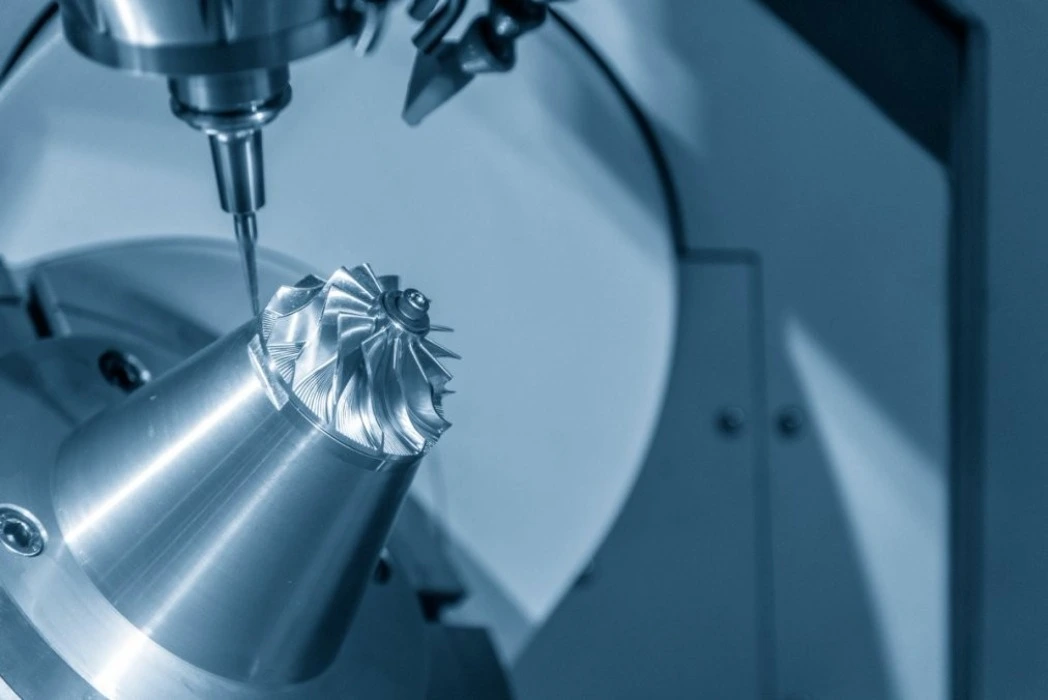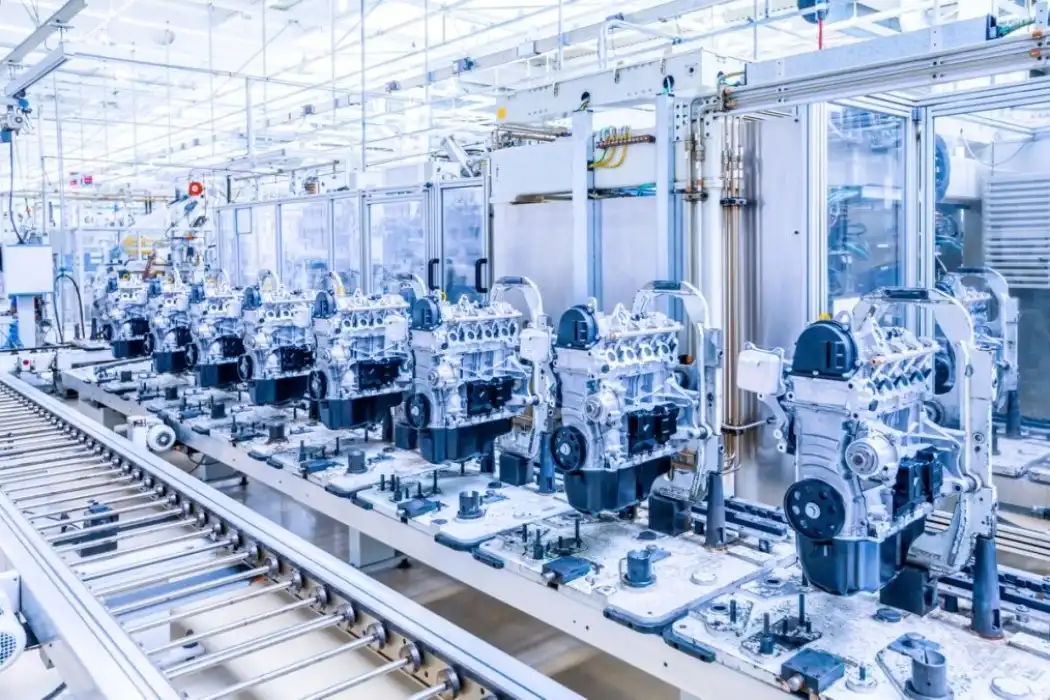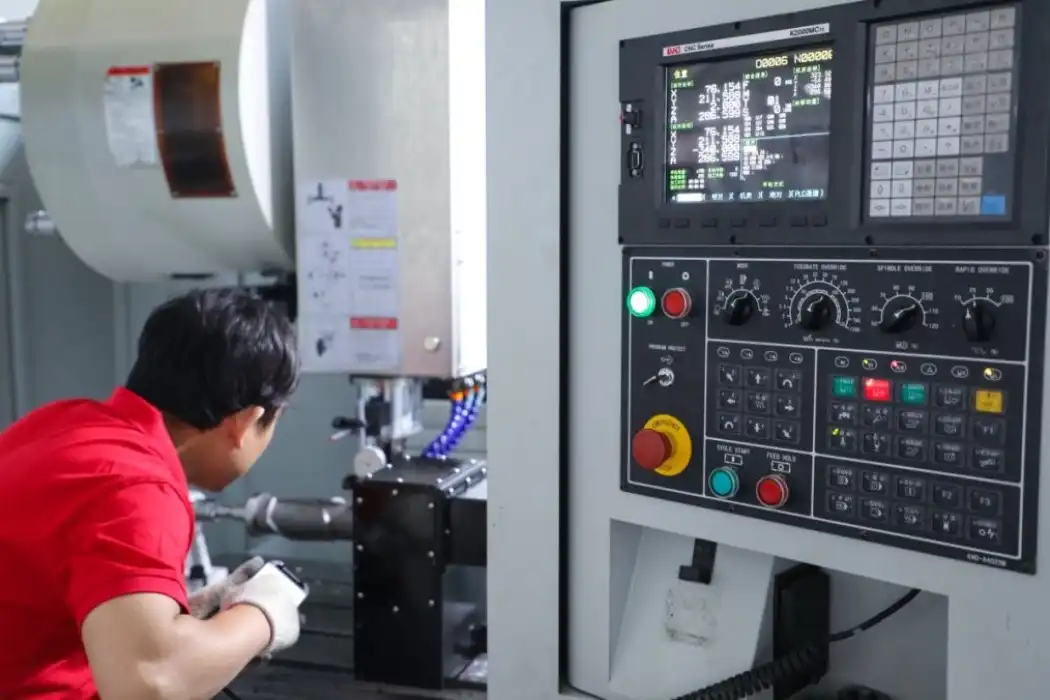Advantages and Applications of CNC Prototype Machining
Precision and Accuracy in Prototyping
CNC machining excels in producing highly accurate prototypes with tight tolerances. Because the procedure is computer-controlled, human error is eliminated, and consistent outcomes are guaranteed after several repetitions. In divisions like airplane, therapeutic gadgets, and automobiles, where indeed small varieties can have genuine repercussions, this degree of precision is exceptionally useful. CNC prototyping allows designers to validate form, fit, and function with confidence before moving to full-scale production.
Rapid Iteration and Design Optimization
The speed and efficiency of CNC machining make it an ideal choice for rapid prototyping and iterative design. Physical models of their designs may be swiftly created by engineers, who can then test them and make any necessary modifications. This fast criticism circle essentially decreases advancement time and helps in distinguishing potential issues early in the item lifecycle. By encouraging fast emphasess, CNC prototyping makes a difference companies present ground-breaking items more rapidly and with lower chance.
Cost-Effectiveness for Low-Volume Production
While CNC machining is often associated with prototyping, it's also a viable option for low-volume production runs. Its capacity to create little amounts of parts without the prerequisite for costly tooling makes it a cost-effective choice for a few applications. Businesses that manufacture specialized parts or have particular requirements will particularly benefit from this. CNC prototyping gives a flexible fabricating arrangement for a run of applications, bridging the hole between one-off models and expansive generation.
Optimizing CNC Prototype Machining Processes
Design Considerations for CNC Machining
Successful CNC prototyping begins with thoughtful design. When building their 3D models, engineers have to take into account the capabilities and limitations of CNC machines. A part's manufacturability is influenced by a number of factors, including internal geometries, minimum feature sizes, and tool accessibility. By considering these limitations when designing, the machining process can be streamlined, expenses can be decreased, and the prototype's overall quality can be raised. Techniques like design for manufacturability (DFM) can be invaluable in optimizing designs for CNC machining.

Advanced CNC Machining Strategies
Modern CNC prototyping employs sophisticated machining strategies to achieve optimal results. Multi-axis machining improves accuracy and decreases handling time by enabling the creation of complicated geometries in a single setup. Faster material removal rates are made possible by high-speed machining processes without compromising the quality of the surface finish. Adaptive toolpaths dynamically adjust cutting parameters based on real-time feedback, optimizing tool life and part quality. By pushing the limits of CNC prototyping, these cutting-edge techniques create new avenues for creativity.
Quality Control and Inspection in CNC Prototyping
Maintaining high-quality standards is crucial in CNC prototype machining. Strict inspection procedures guarantee that machined items fulfill criteria for surface smoothness and tolerances. Coordinate measuring machines (CMMs) and 3D scanners are examples of advanced metrology technology that enables accurate dimension verification. Internal flaws or material integrity can be examined using nondestructive testing techniques. The foundation for a successful product development process is laid by putting strong quality control processes in place during the prototyping phase to ensure that the finished components meet or surpass expectations.
Conclusion
CNC prototype machining, which gives unmatched precision, adaptability, and efficiency, is a fundamental component of present-day technological headway. This planning makes use of cutting-edge computer-controlled advancement to energize a cost-effective era, rapid cycles, and the realization of complicated plans in a collection of businesses. Anyone participating in product innovation must comprehend the principles, benefits, and optimization techniques of CNC prototyping, as we have discussed in this tutorial. In today's fast-paced generation environment, utilizing this strong innovation can significantly speed up the preparation from concept to market-ready item, cultivating development and competitive advantage.

ISO-Certified CNC Prototype Factory for All Industries | BOEN
At BOEN Prototype, we pride ourselves on being the go-to specialist for prototypes and low-volume production in plastic and metal materials. Modern CNC machining skills are available at our ISO-certified facility, along with a variety of cutting-edge production techniques like quick injection molding, compression molding, and several 3D printing technologies. Our team of highly qualified engineers and architects has extensive experience working with a variety of industries, such as consumer electronics, automobiles, medical devices, and aviation. BOEN stands apart in the cutthroat prototyping industry thanks to our dedication to quality, rapid turnaround times, and creative arrangements. For your upcoming project, discover the BOEN difference by getting in touch with us at contact@boenrapid.com to discuss how we can expertly and precisely realize your ideas.






